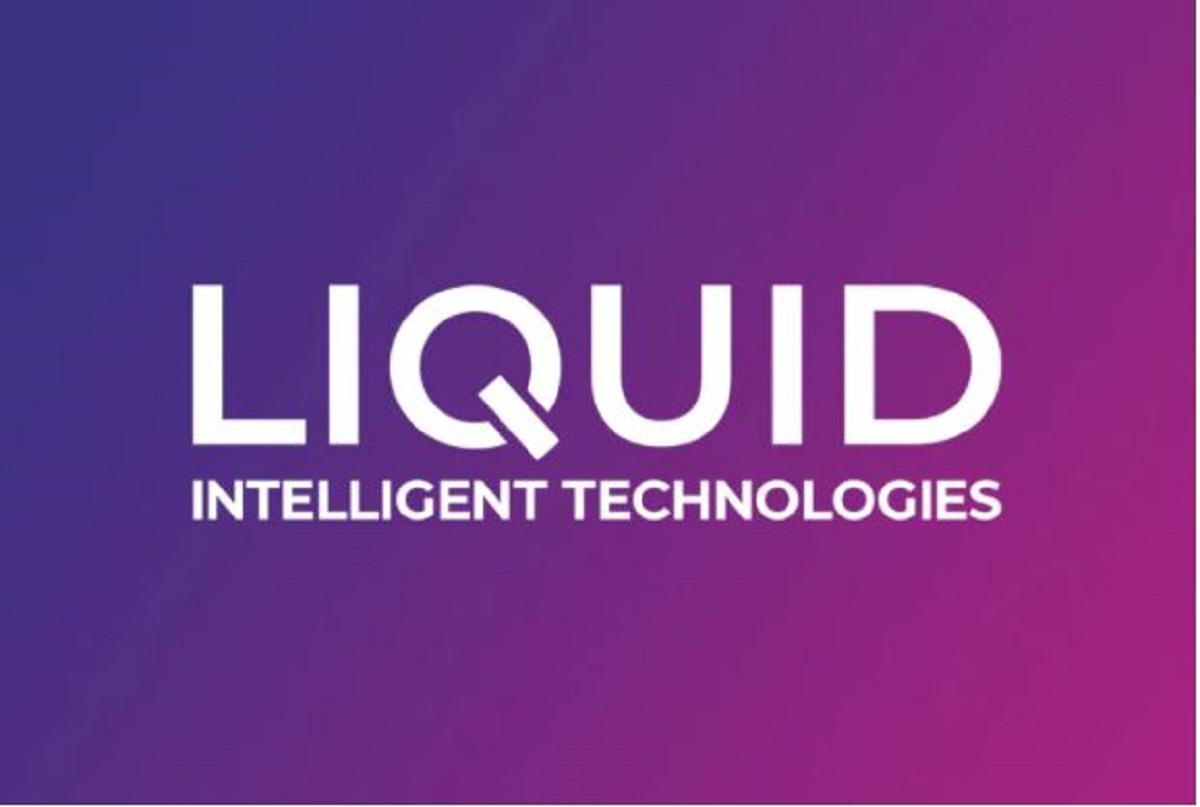JOHANNESBURG – Liquid Intelligent Technologies (Liquid) has partnered Project Taara to connect the cities of Brazzaville, in the Congo, and Kinshasa, in the Democratic Republic of Congo (DRC), with high- speed internet via a technology that uses beams of light.
The novel idea, code-named Project Taara, and handled by with Alphabet X (formerly Google X) in partnership with Liquied, will result in citizens of the neighbouring border cities of Brazzaville and Kinshasa now being able to get faster and cheaper broadband services.
The two cities are only 4.8 km apart — separated by the Congo River – yet connectivity is five times more expensive in Kinshasa because the fibre connection has to travel more than 400km to route around the river, the deepest and second fastest river in the world.
Baris Erkmen, Director of Engineering for Taara, said the initiative is part of the company’s partnership with Liquid to expand and enhance affordable, high-speed internet to communities across networks in Sub-Saharan Africa.
“While we don’t expect to see perfect reliability in all kinds of weather and conditions in future, we’re confident Taara’s links will continue to deliver similar performance and will play a key role in bringing fast, more affordable connectivity to the 17 million people living in these cities,” he said
earlier this week.
In the same way traditional fibre uses light to carry data through cables in the ground, Taara’s wireless optical communication links use very narrow, invisible beams of light, to deliver fibre-like speeds.
To create a link, Taara’s terminals search for each other, detect the other’s beam of light, and lock-in like a handshake to create a high-bandwidth connection.
After installing the links to beam connectivity over the world’s deepest river, Taara’s link served nearly 700 terabytes of data in 20 days with 99.9% availability.
The technology, known as Free Space Optical Communications, grew out of experiments the team had previously used to beam lasers between balloons in a project discontinued by Alphabet back in February.
Erkmen noted that while the system may not be perfect, it promises to change the lives of millions
of people.
“Being able to deliver high-speed internet of up to 20 gigabytes per second most of the time is a vastly better option than having millions of people miss out on the benefits of connectivity because the economics of laying hundreds of kilometers of cable in the ground simply don’t stack up,” he said.

